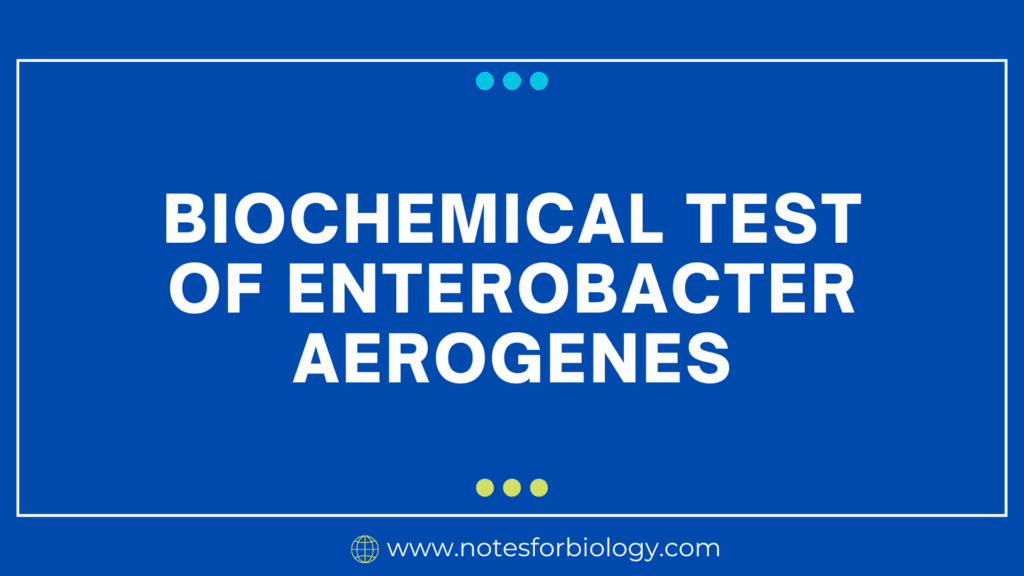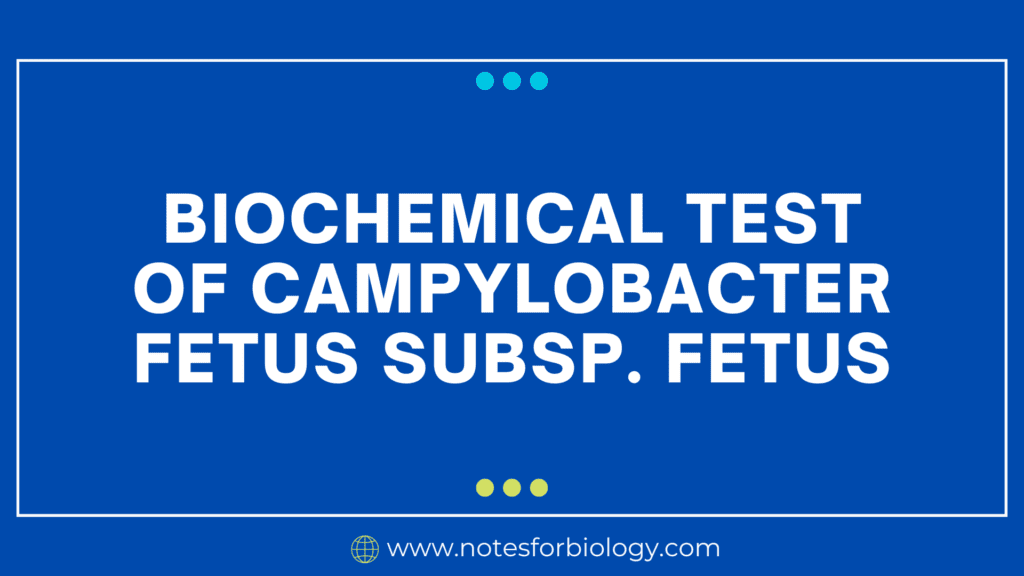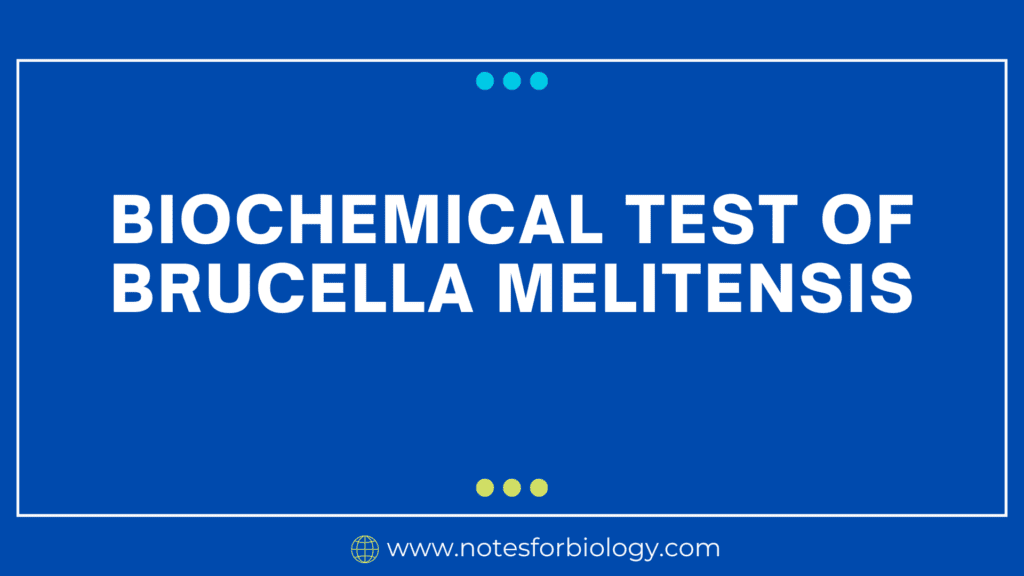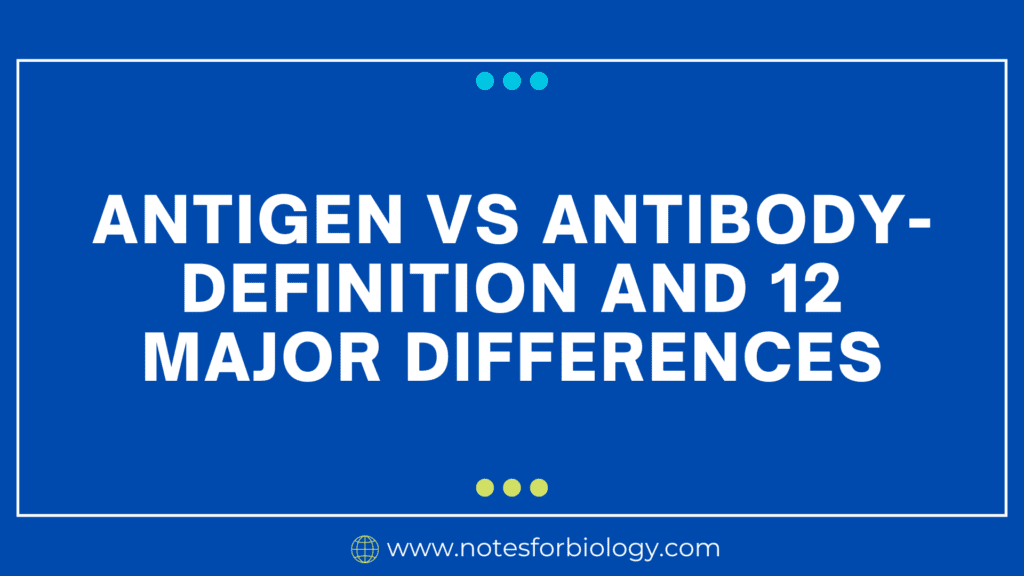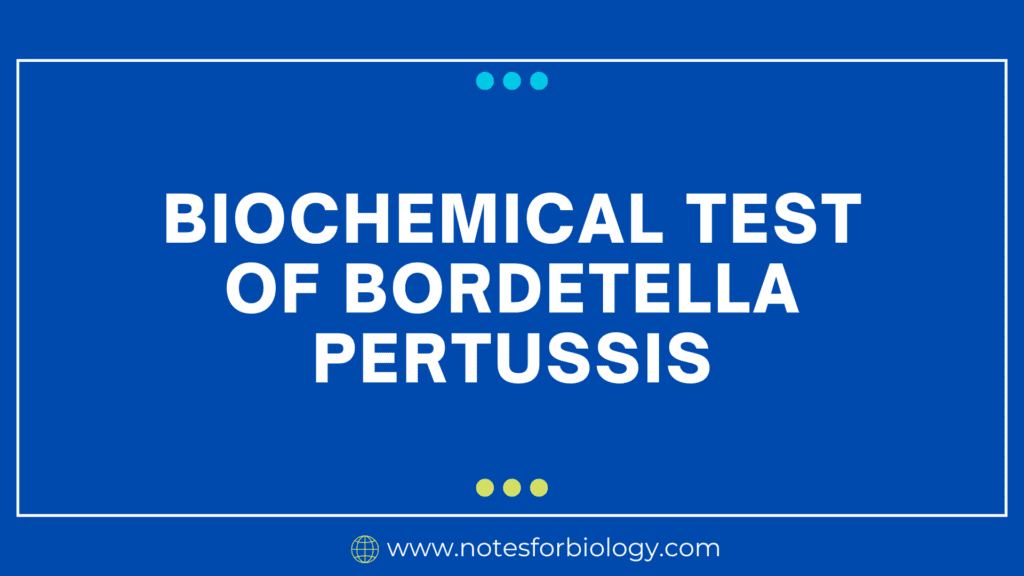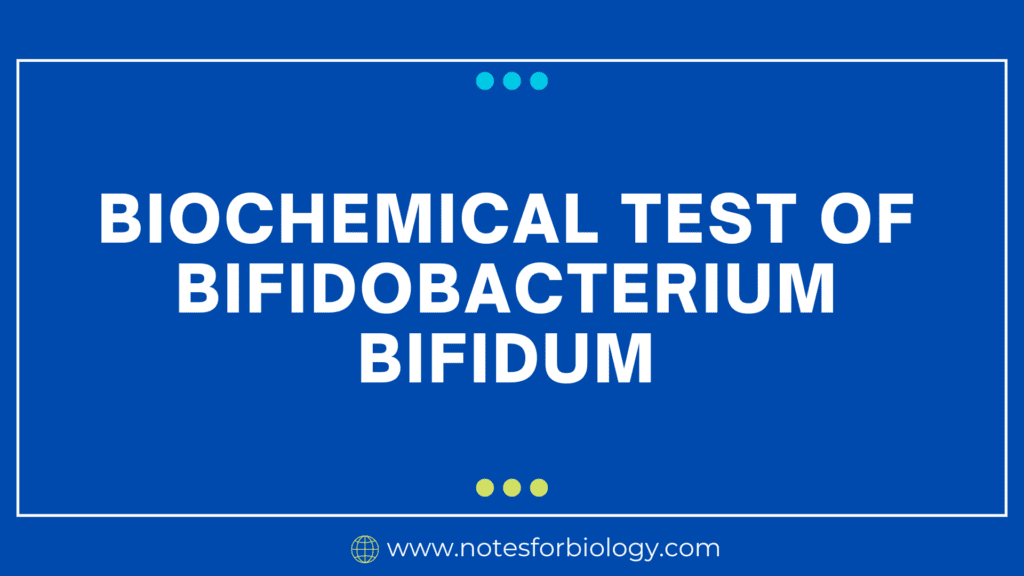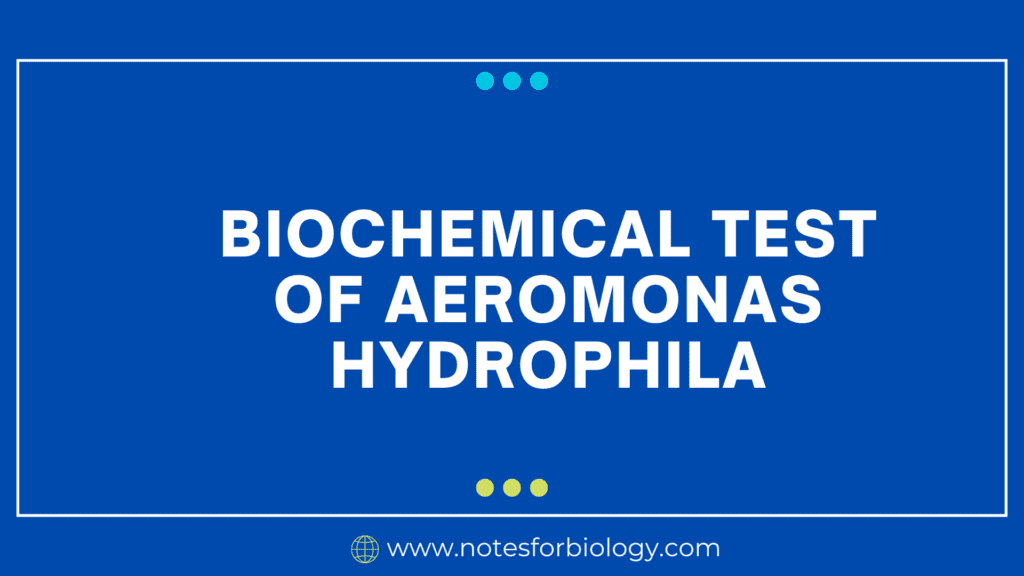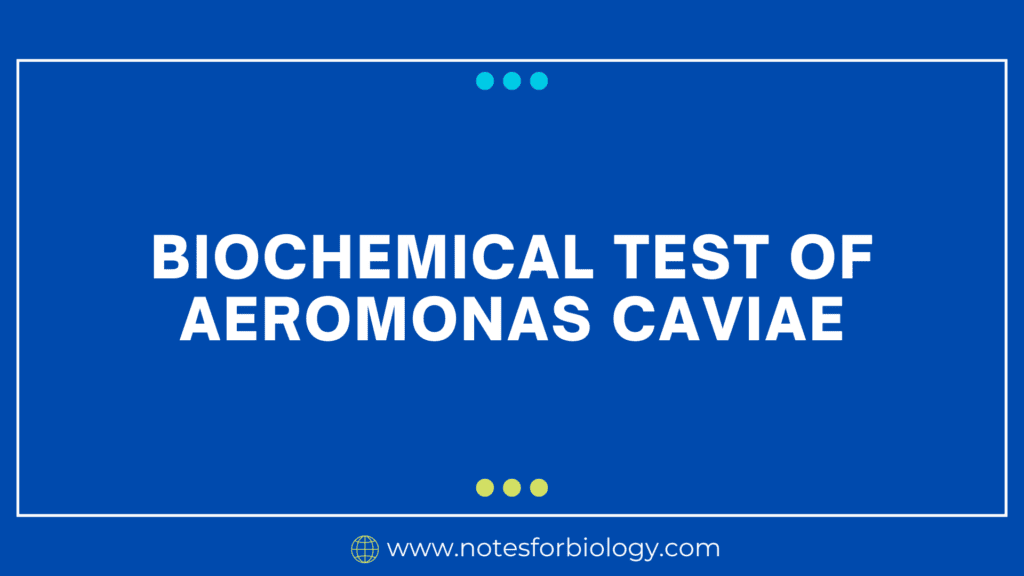Biochemical Test of Enterobacter aerogenes
Enterobacter aerogenes is a Gram-negative, oxidase-negative, catalase-positive rod that is motile and capable of fermenting lactose and glucose (with gas production). It tests positive for Voges-Proskauer and citrate utilization but negative for indole production, methyl red, urease, and hydrogen sulfide production. These biochemical characteristics help distinguish Enterobacter aerogenes from other Enterobacteriaceae. Definition of Enterobacter aerogenes […]

